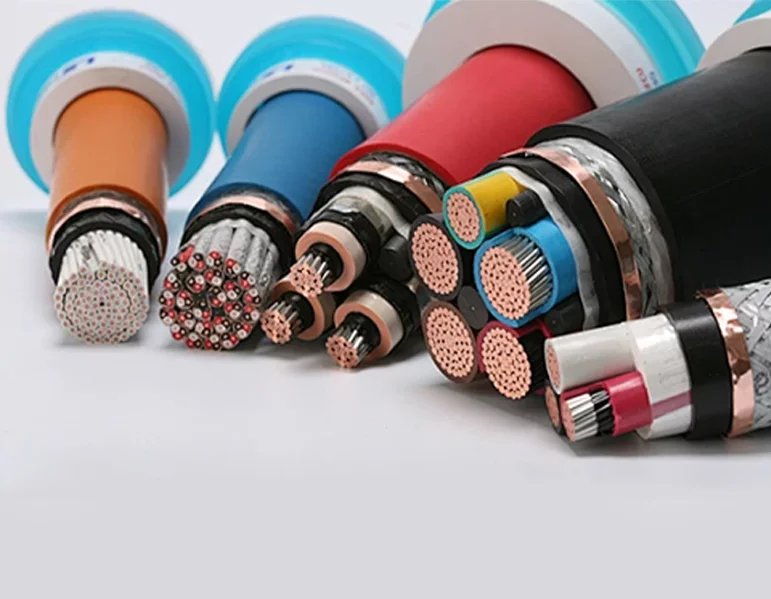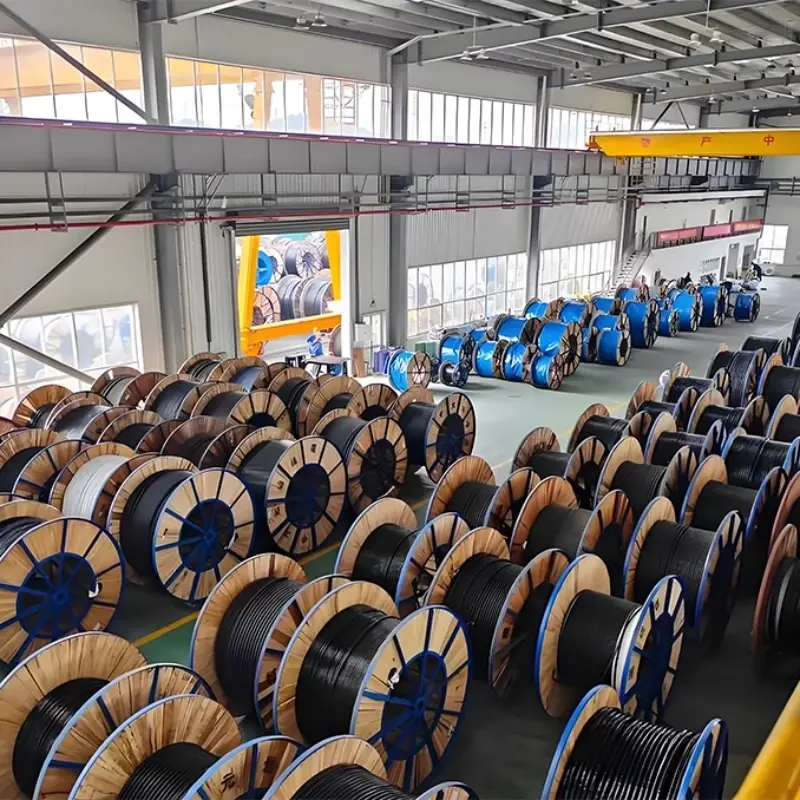What are the types of solar cables?
Release time: 2025-04-14
As a leading source of sustainable energy, solar power systems are becoming increasingly prevalent. However, not everyone is familiar with the essential components that ensure these systems operate efficiently. Beyond the well-known solar panels that capture sunlight, specialized solar cables play a vital role in transferring the generated energy to where it’s needed.
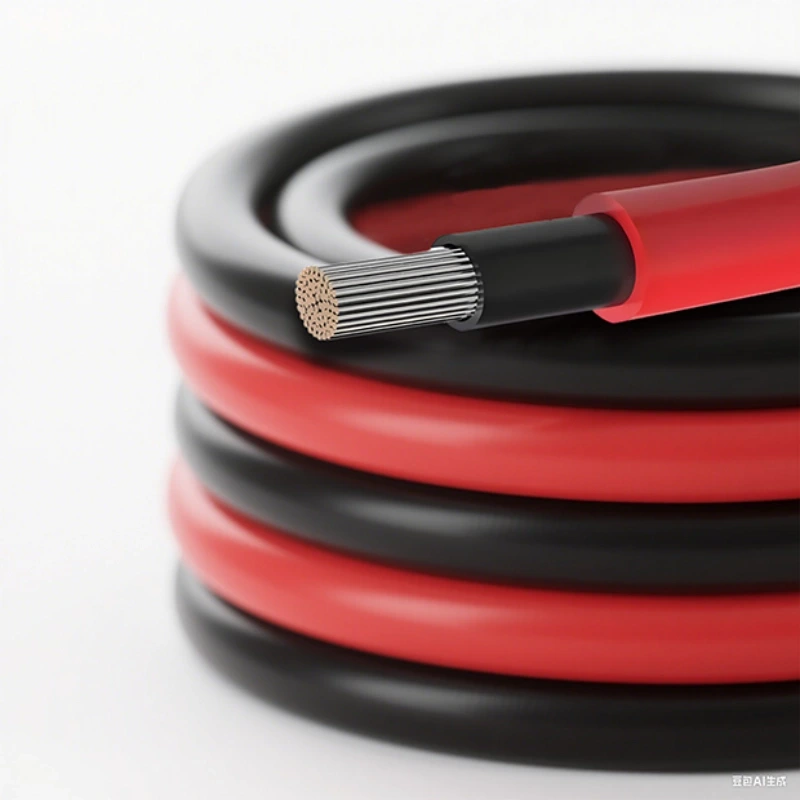
Types of Solar Cables
Among the various types used in solar installations, DC and AC cables are the most common. Understanding the function and characteristics of these cables helps in grasping how solar energy systems operate—and makes it easier to select the right cable for your project. Let’s take a closer look at what each type offers:
PV Wire (Photovoltaic Wire)
PV wire is a specialized cable used to interconnect solar panels within photovoltaic systems. It typically features a conductor made of bare or tinned copper, insulated with cross-linked polyethylene (XLPE). This material offers excellent resistance to ozone, UV radiation, and moisture, making PV wire highly durable even in harsh outdoor environments. PV Wire complies with UL Standard 4703.
Key Characteristics of PV Wire:
- High Voltage Ratings: Designed for voltages ranging from 600V to 2000V, PV wire offers flexibility for a variety of photovoltaic system setups.
- Temperature Resistance: Capable of operating in temperatures up to +90°C in wet conditions and +150°C in dry conditions, making it suitable for diverse climates.
- Superior Protection: XLPE insulation ensures long-term performance under extreme environmental stress.
- Durability: The thick insulation layer allows for direct burial and supports both grounded and ungrounded PV arrays.
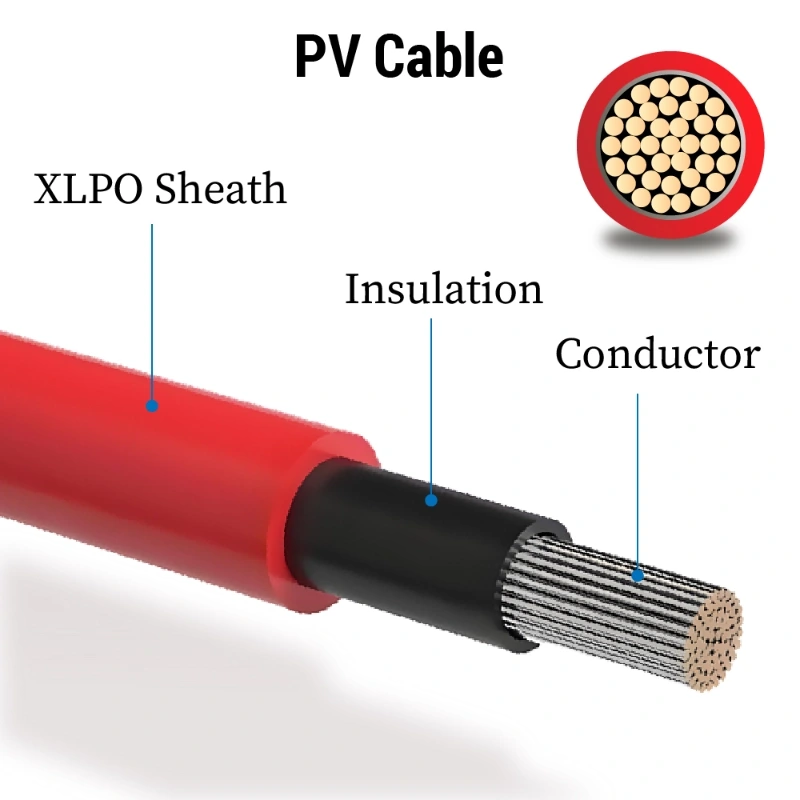
Common Solar Cable Types
In solar energy projects, different cables serve specific roles to enable efficient electricity transmission. Both DC and AC cables are indispensable to system performance.
1. DC Solar Cable
DC solar cables are single-core copper cables with insulation and sheathing, used as module or string cables within solar panels. They are often pre-equipped with compatible connectors to ensure efficient energy transfer—a configuration that generally cannot be altered after installation.
In larger setups, DC string cables are used to link multiple solar panels into arrays, ensuring consistent energy flow and system reliability.
2. Solar DC Main Cable
These cables act as the main energy collectors, connecting the generator junction box to the central inverter. Available in single or double-core designs, single-core versions are often double-insulated for enhanced reliability. Twin-core DC cables are commonly used between inverters and junction boxes, with popular sizes including 2mm, 4mm, and 6mm.
3. AC Connection Cable
AC connection cables link the solar inverter to protection devices and the electrical grid. For three-phase inverters, a five-conductor cable is typically used (three live wires, one neutral, and one ground). For single-phase systems, a three-conductor cable (live, neutral, and ground) is standard. Proper selection ensures both safety and system reliability.
Other Commonly Used Solar Cables
Armored Solar Cable
Ideal for demanding installations, armored solar cables include a steel tape layer for mechanical protection. They consist of tinned copper conductors with XLPO insulation and a PVC or XLPO outer jacket.
Aluminum Solar Cable
These cables use lightweight, flexible aluminum conductors with double XLPO construction. They are corrosion-resistant, UV-resistant, and often used in large-scale solar projects for connecting panels to inverters and the grid.
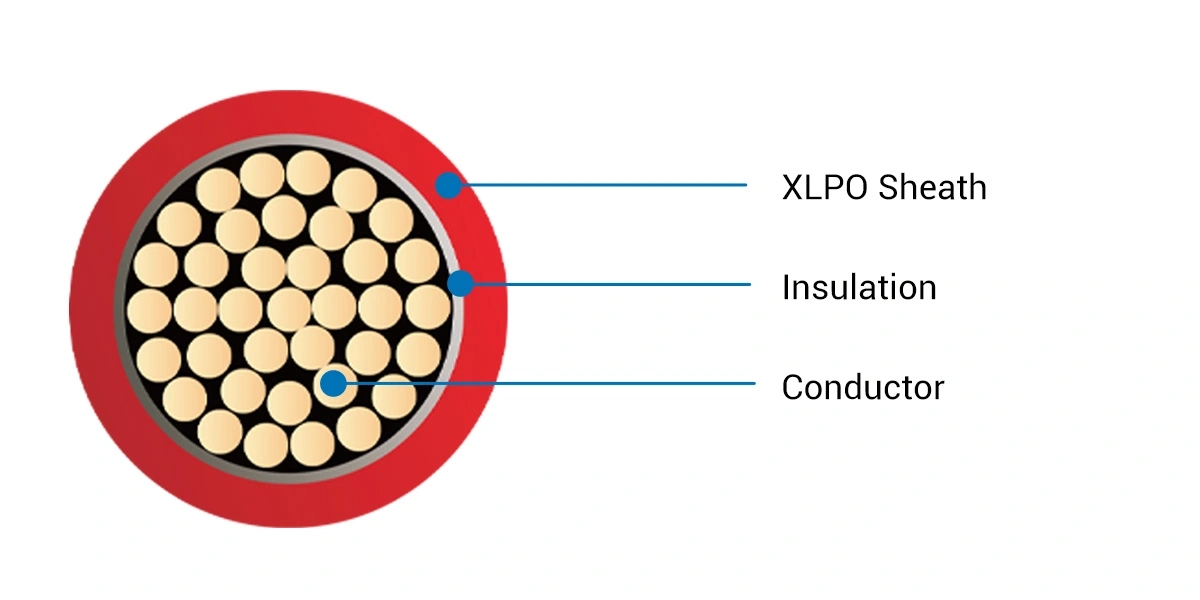
Trust Xijiangyue Cable for Your Solar Cable Needs
When it comes to sourcing the best solar cable products, Xijiangyue Cable is your ideal partner. We supply all the cable types mentioned above and also offer customized solutions tailored to your specifications. Popular sizes such as 4mm solar cable, 6mm solar cable, 8 AWG solar cable, and PV Wire 10 AWG are readily available.
Key Considerations for Selecting Solar Cables
- System Voltage: Always use cables rated at or above your system’s maximum voltage (e.g., 1000V cables for a 1000V system) to prevent breakdowns and ensure safety.
- Current Capacity: Select cables that can handle the maximum current output without overheating. For example, 10 AWG copper cable is suitable for systems up to 30A.
- Environmental Conditions: Choose cables designed for your specific installation environment. For extreme climates, UV-resistant and robust insulation such as XLPE ensures long-term reliability.
Conclusion
Understanding the different types of solar cables is essential for optimizing the performance and safety of your solar energy system. Each cable type offers unique benefits and must be selected according to its construction and application. By choosing Xijiangyue Cable, you not only enhance system safety but also contribute to a greener future—creating a win-win for energy efficiency and environmental protection.

